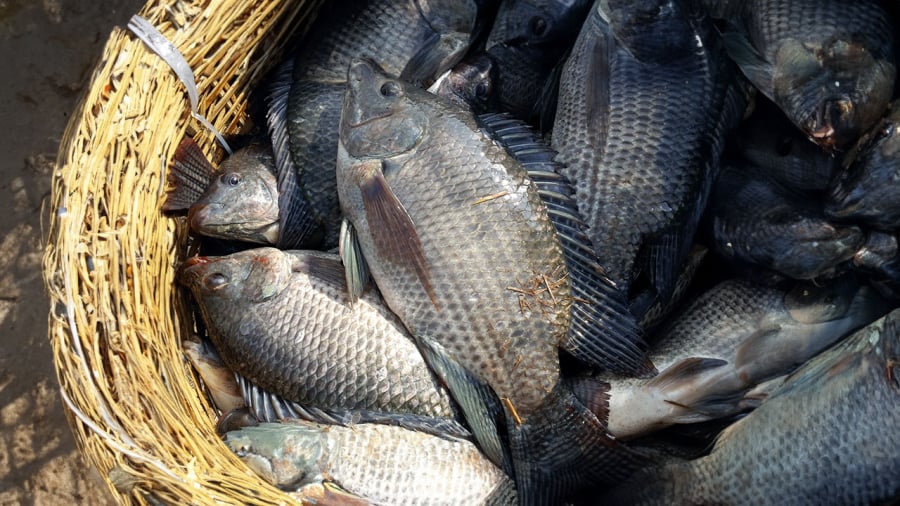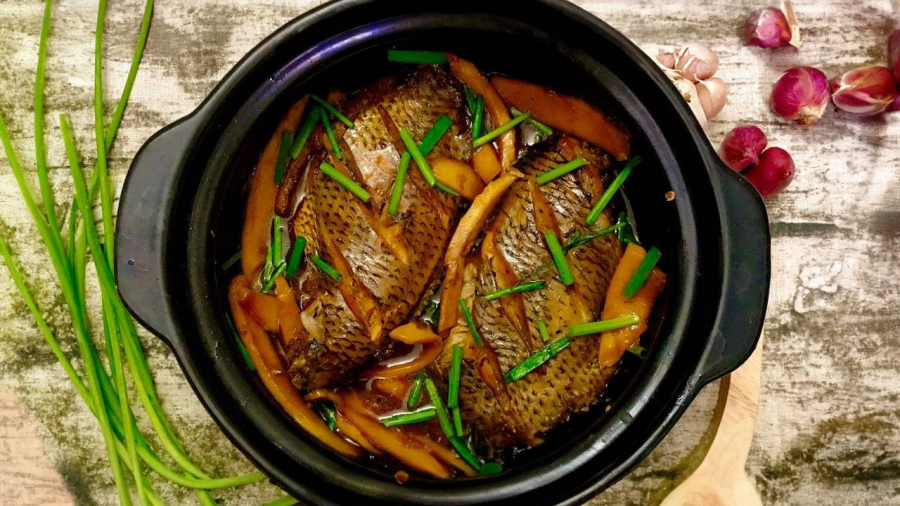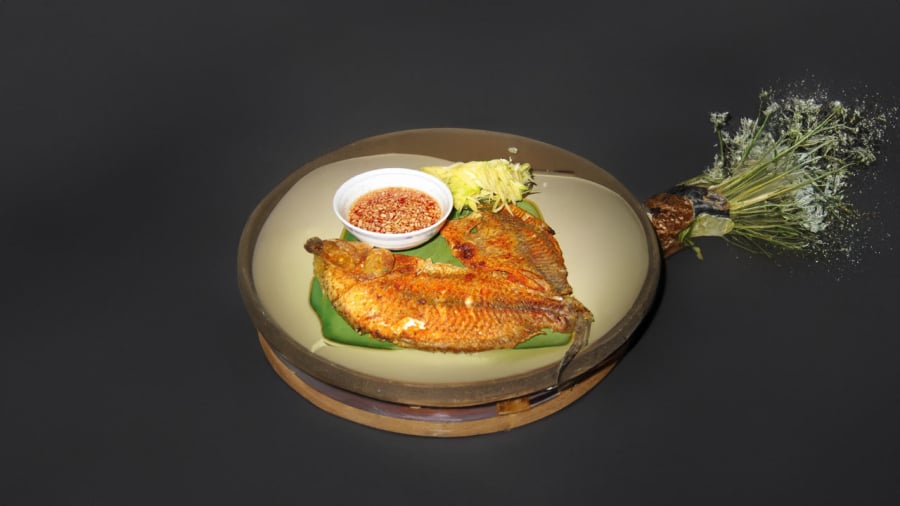Rohu fish is a widely available fish in Vietnamese markets. Almost every market has this fish. Rohu is easy to grow and reproduce quickly. This fish is usually filleted for its meat and is also popular among bun ca (fish noodle soup) restaurants because of its relatively affordable price compared to other fish. Rohu is a fast and prolific breeder. It is easier to raise and has higher productivity compared to other fish, which is why its price is relatively lower. Rohu fish usually costs around 40-50,000 VND per kilogram, while carp, catfish, and snakehead fish usually cost 70,000 VND or more.

However, when consuming Rohu fish, there are some things you should consider to avoid health risks:
Rohu fish is prone to contamination
Rohu fish has the characteristic of living in wastewater environments, so they can easily be raised in less hygienic conditions compared to other fish. Rohu is an omnivorous species and can survive in wastewater drains. This is why Rohu fish is more susceptible to contamination compared to other fish. When raising Rohu fish, people do not have to meet the same sanitary requirements as they would for other fish. When raising Rohu fish, farmers often feed them with chicken manure and waste from pork and duck processing, which is quite common. Chicken manure contains harmful bacteria. Therefore, consuming Rohu fish is not as clean as consuming other types of fish. Naturally caught Rohu fish are cleaner than farmed Rohu fish, but their living conditions, which are dirty and omnivorous, also pose a higher risk of heavy metal contamination compared to other fish.
Furthermore, Rohu fish is prone to reproduction interference in order to increase meat quality to achieve higher sales productivity.

Therefore, you should not consume too much Rohu fish, and when buying and processing it, you need to pay attention to ensure hygiene.
However, Rohu fish also has its advantages
The biggest advantage of Rohu fish compared to other fish is its high collagen content. Collagen is a protein that is important for skin and bone structure, helping us stay healthy. Collagen in Rohu fish skin is valuable and has been studied for medical applications. Moreover, collagen is more concentrated in fish skin and less in meat. Collagen in Rohu fish remains unchanged compared to collagen in other fish. Rohu fish is also rich in omega-3 fatty acids, mainly found in its belly and fat.
Safe consumption and maximizing the benefits of Rohu fish while minimizing risks
Due to the characteristics mentioned above, you need to pay attention when consuming Rohu fish. It is better to choose naturally caught Rohu fish rather than farmed ones.

When preparing Rohu fish, make sure to scale and remove the black membrane inside the belly, as that is the part with the highest dirt content.
When cooking, make sure to thoroughly cook Rohu fish as there have been cases of hospitalization due to food poisoning from bacteria in undercooked Rohu fish.
When eating Rohu fish, it is recommended to consume both the fish skin and belly meat to reap the benefits of Rohu fish.
Occasionally eating Rohu fish is better than consuming it too frequently.
Absolute avoiding using Rohu fish for making raw fish salad (goi ca).






























